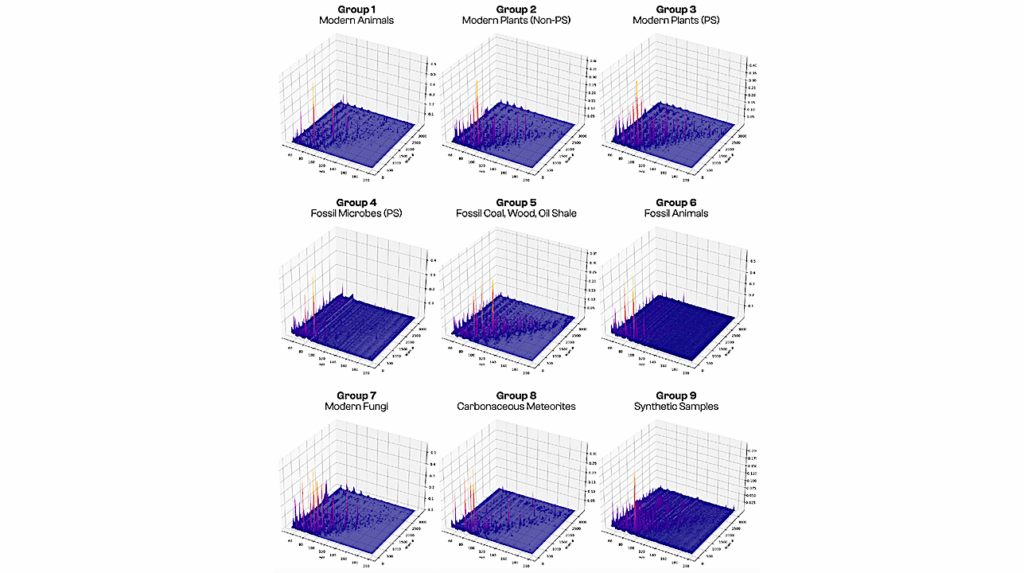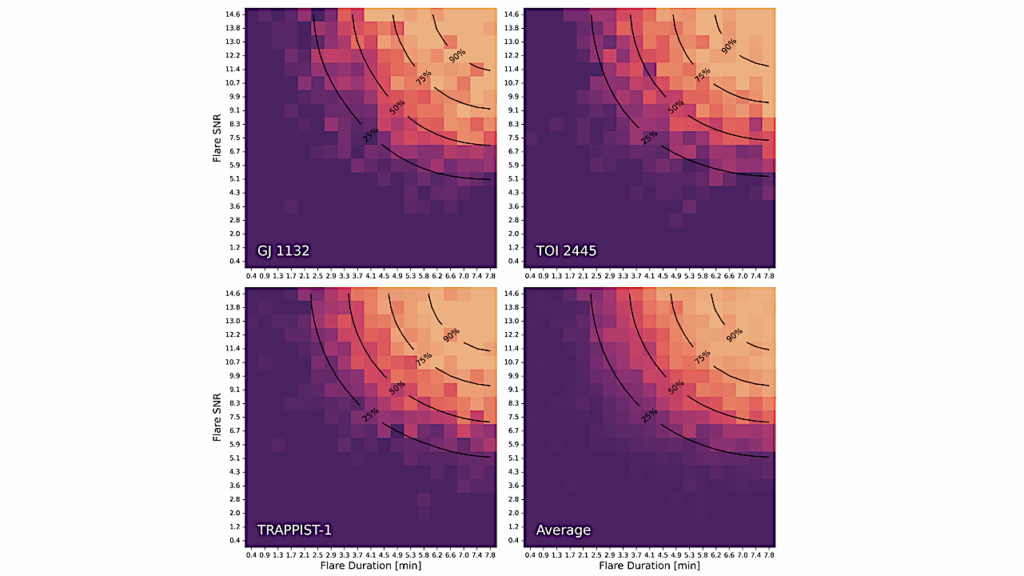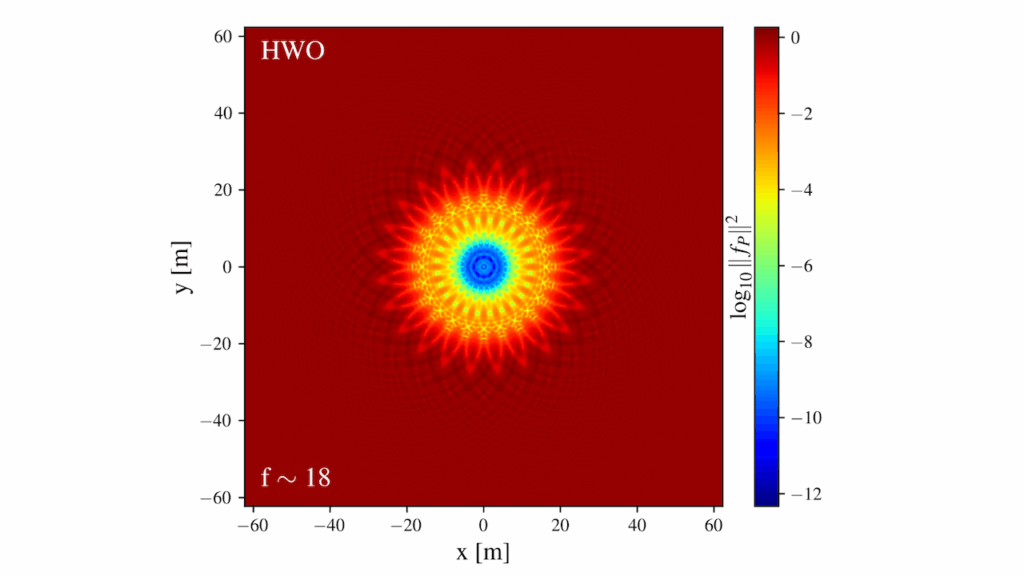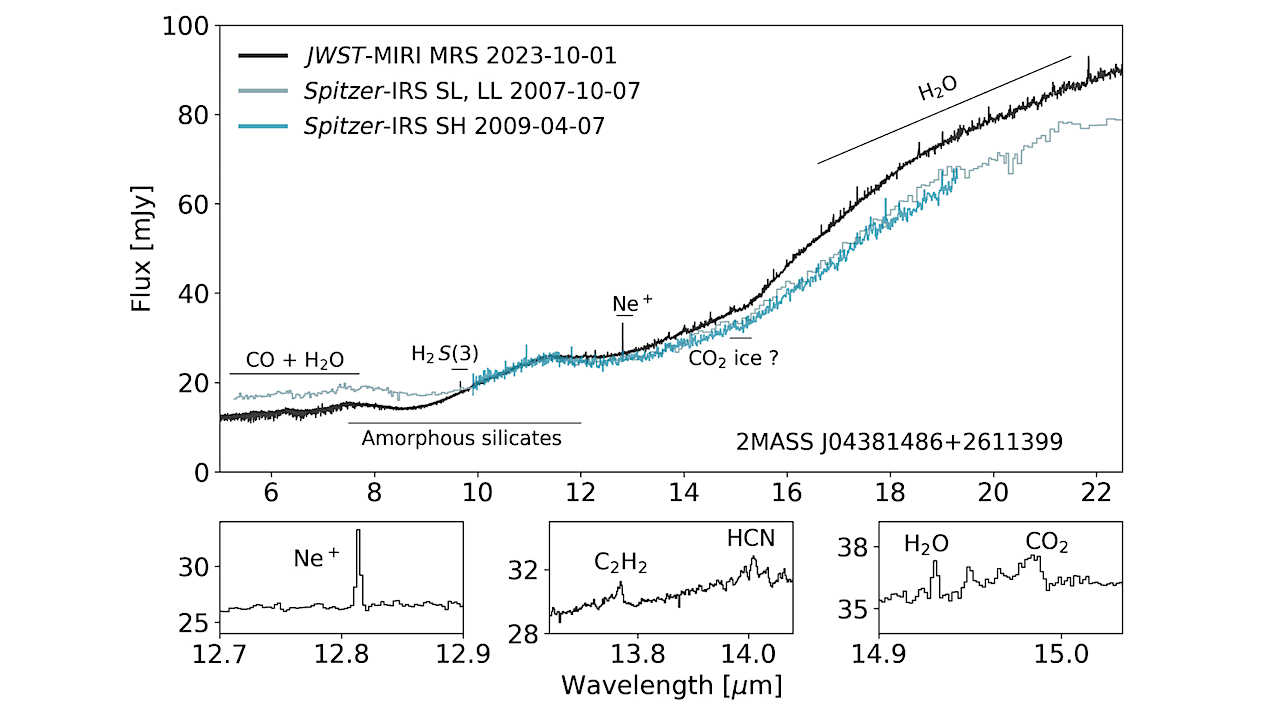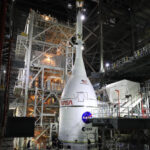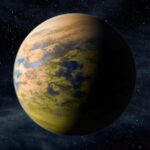Now Reading: Perihelion History And Atmospheric Survival As Primary Drivers Of The Earth’s Meteorite Record
-
01
Perihelion History And Atmospheric Survival As Primary Drivers Of The Earth’s Meteorite Record
Perihelion History And Atmospheric Survival As Primary Drivers Of The Earth’s Meteorite Record
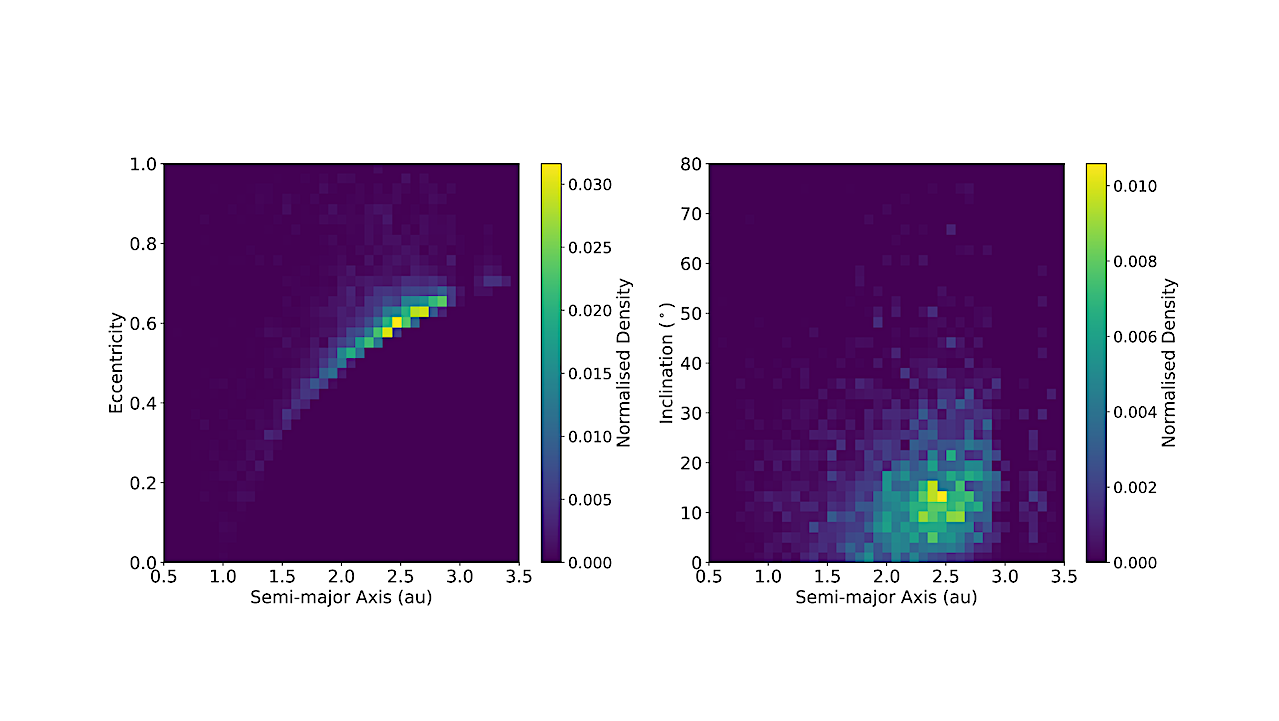

Orbital distribution of 7,982 impacts detected by EDMOND, CAMS, GMN, FRIPON, and EFN networks. Each impact is estimated to be equal to or greater than 10 g (diameter ⪆2 cm) at the top of the atmosphere. Orbital distribution is normalized to the impact probability, as calculated using the method of Pokorn`y and Vokrouhlick`y [96]. Despite this, there still exists a concentration of meteoroids on orbits with q∼1 au — astro-ph.EP
Models predict that more than half of all impacting meteoroids should be carbonaceous, reflecting the abundance of carbon-rich asteroids in the main belt and near-Earth space.
Yet carbonaceous chondrites represent only about 4% of meteorites recovered worldwide. Here we analyse 7,982 meteoroid impacts and 540 potential meteorite falls from 19 global observation networks and demonstrate that intense thermal stress at low perihelion distances coupled with the filtering effect of Earth`s atmosphere explains this mismatch.
Meteoroids repeatedly subjected to intense thermal cycling near the Sun fracture and weaken, removing the most friable objects even before atmospheric entry. Our data also show that tidally disrupted meteoroid streams produce especially fragile fragments that rarely survive to the ground.
Consequently, compact, higher-strength, thermally cycled bodies dominate the meteorite record. These findings reconcile the predicted carbonaceous flux with its scarcity in collections, underscoring how orbital evolution and atmospheric filtering shape the materials that reach Earth`s surface.
Patrick M. Shober, Hadrien A. R. Devillepoix, Jeremie Vaubaillon, Simon Anghel, Sophie E. Deam, Eleanor K. Sansom, Francois Colas, Brigitte Zanda, Pierre Vernazza, Phil Bland
Comments: Accepted in Nature Astronomy
Subjects: Earth and Planetary Astrophysics (astro-ph.EP); Geophysics (physics.geo-ph)
Cite as: arXiv:2504.10690 [astro-ph.EP] (or arXiv:2504.10690v1 [astro-ph.EP] for this version)
https://doi.org/10.48550/arXiv.2504.10690
Focus to learn more
Related DOI:
https://doi.org/10.1038/s41550-025-02526-6
Focus to learn more
Submission history
From: Patrick Shober
[v1] Mon, 14 Apr 2025 20:25:05 UTC (9,003 KB)
https://arxiv.org/abs/2504.10690
Astrobiology,
Stay Informed With the Latest & Most Important News
Previous Post
Next Post
-
 012024 in Review: Highlights from NASA in Silicon Valley
012024 in Review: Highlights from NASA in Silicon Valley -
 02Panasonic Leica Summilux DG 15mm f/1.7 ASPH review
02Panasonic Leica Summilux DG 15mm f/1.7 ASPH review -
 03How New NASA, India Earth Satellite NISAR Will See Earth
03How New NASA, India Earth Satellite NISAR Will See Earth -
 04And Thus Begins A New Year For Life On Earth
04And Thus Begins A New Year For Life On Earth -
 05Astronomy Activation Ambassadors: A New Era
05Astronomy Activation Ambassadors: A New Era -
06SpaceX launch surge helps set new global launch record in 2024
-
 07Space Force plans new ‘Futures Command’ amid pressure to speed up modernization
07Space Force plans new ‘Futures Command’ amid pressure to speed up modernization













